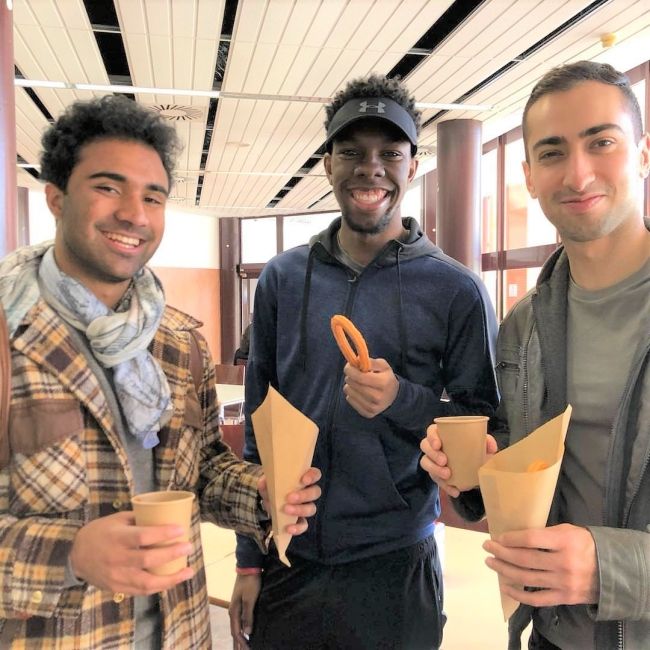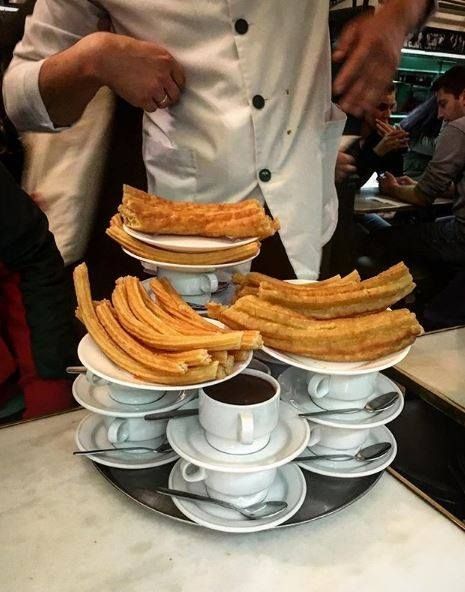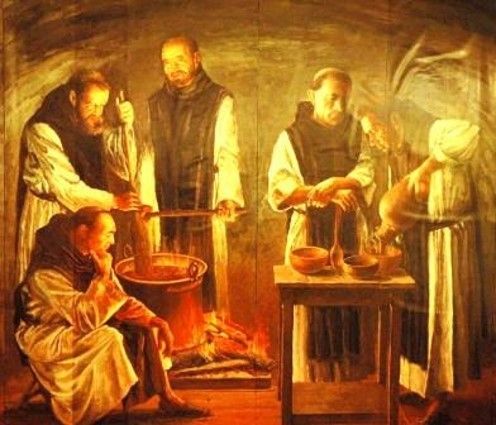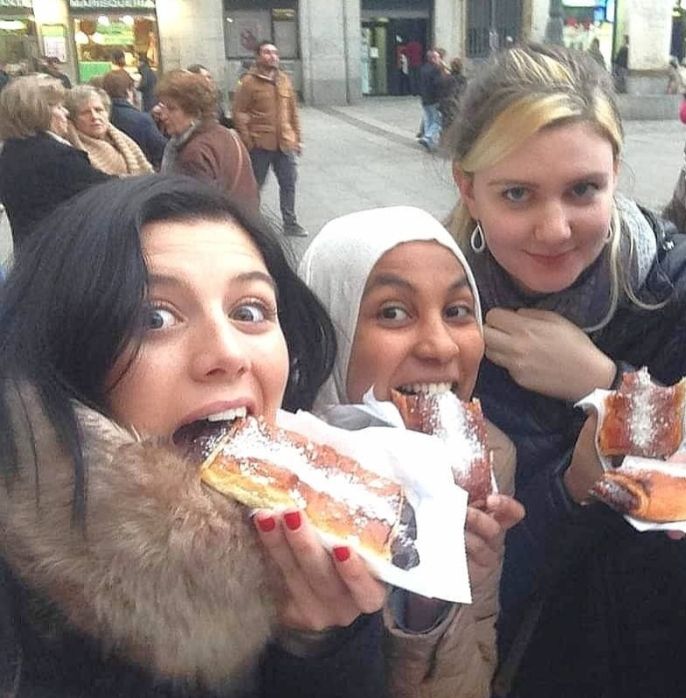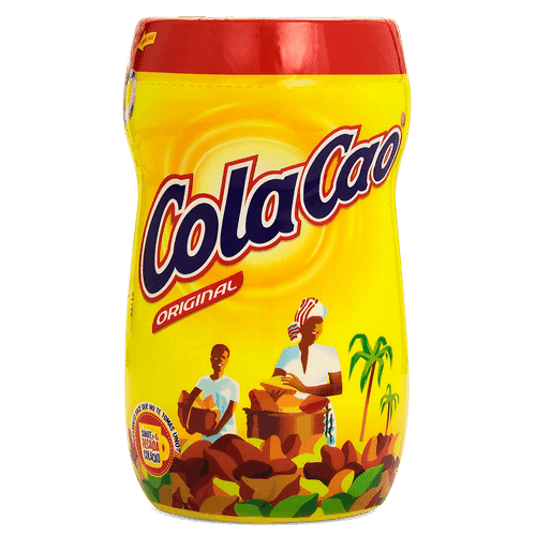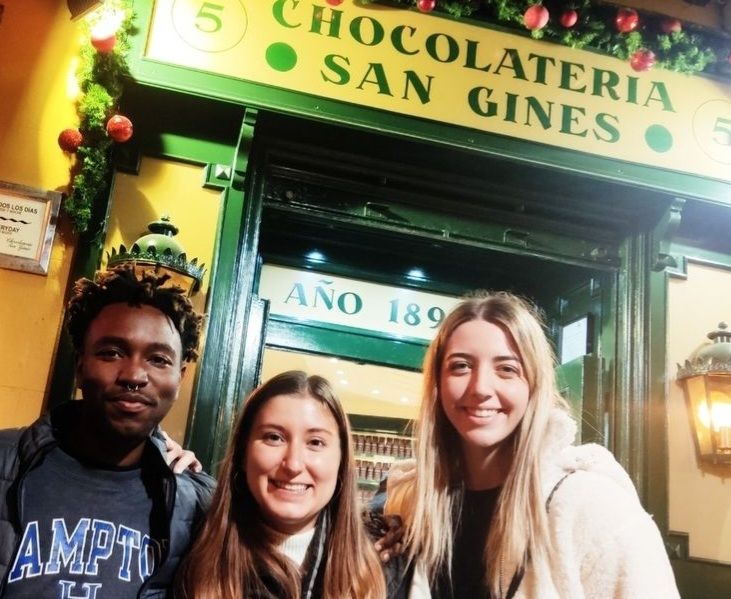Cuckoo for Chocolate in Madrid
Today, most students and visitors to Madrid enjoy a hot cup of chocolate with churros. Many Liberal Arts students tell us it is one of their favorite customs that they adopt while in Spain. One student wrote in their experience about Madrid that they turned "Cuckoo for Chocolate" while studying abroad in Spain´s capital.
But few chocolate consumers know the colonial history of this essential element of Spanish cuisine. Sacred to the indigenous tribes in central parts of the Americas, cocoa took on a new life when it hit the shores of Spain in the early 16th century. Lauded by Spanish royalty, chocolate became one of the most fashionable drinks in all of Spain. In fact, cocoa beans and its sacred drink made by Aztec priests was already a famous food source. When Spanish colonizers came to the Americas, many of them found the taste quite bitter, but trying a new flavor was intoxicating. The drink was served cold, after mixing the ingredients into a foamy dish with corn. One of the first records of Spaniards trying Aztec chocollatl was in 1502 on the fourth travel by Cristopher Columbus. Two short centuries later, the capital of the Spanish Empire was overrun by chocolate and consuming more than five tons every year. According to contemporary records, there was not a street in Madrid where chocolate could not be bought and drunk.
A group of Spanish monks at the Piedra monastery in Aragón province found the taste of chocollatl drink too bitter and added sugar, cinnamon, and vanilla. This formula of sweet chocolate drink is still enjoyed today in chocolaterías. In Madrid, the most popular place to enjoy a chocolate cup is at the chocolatería San Ginés, operating since 1894 and open 24 hours throughout the year, except for Christmas eve, December 24. Chocolate is very popular in many parts of the world today, but in Spain you will find that chocolate is an essential, almost historical, part of a Spanish breakfast. For most Spaniards, their childhood memories include chocolate donuts, napolitana con chocolate pastry and/or the ColaCoa drink.
Related Posts
Adjusting to a New Routine: What a Typical Week Looks Like for Students Studying Abroad in Palma
Studying abroad in Palma de Mallorca offers students an exhilarating mix of cultural immersion, intellectual growth, and personal discovery. While the idea of residing in a foreign country may be... keep reading
How to Make Friends and Build Community While Studying Abroad in Palma
Starting a study abroad program in Palma de Mallorca is an exciting adventure—but can also be a little daunting, especially if you're going it alone or haven't yet met anyone... keep reading
What First-Time Study Abroad Students Should Know About Daily Life in Palma
If you’re preparing for your first study abroad experience in Palma de Mallorca, Spain, you’re in for an unforgettable adventure. From the historic streets of the Old Town to the... keep reading
